By Lauren St. Clair (UBCO SpokenWeb Research Technician)
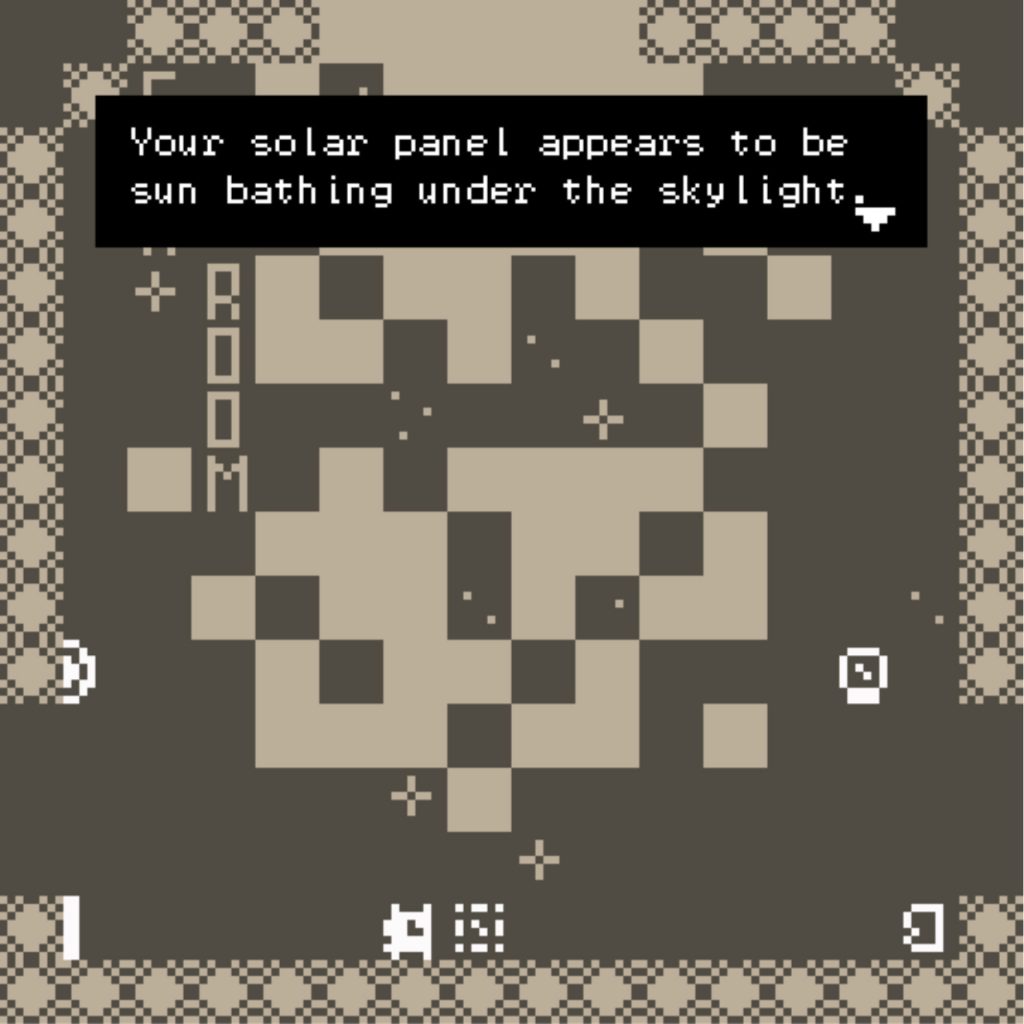
TL;DR, personal takeaways from the class:
- Games are a reflection of real-world systems and rules, either embodied as wishes or mirrors. No game is neutral. No player is neutral.
- In-game rule-breaking and bending can sometimes be radical when acting against intended gameplay rooted in colonial mechanisms of conquest and extraction. However, also has the capacity to maintain a harmful practice in mirroring real-world oppression.
- Games can function as activism not only through their critique but also in their dreaming—games can be simultaneously critical and hopeful.
In June, I had the pleasure of attending the Digital Humanities Summer Institute (DHSI) at the University of Victoria (UVic) for the first time. DHSI is a two-week-long gathering of those interested in and working within the digital humanities, facilitated in person and online through classes, talks, and workshops. DHSI offers networking between attendees coming from different academic institutions and backgrounds, encouraging those working and studying outside of the digital humanities and academia to also attend.
The first week of DHSI takes place in person at UVic in what is colonially known as so-called Victoria, BC, located on the traditional and unceded territory of the lək̓ʷəŋən People, known as the Songhees and Esquimalt Nations. Over the first week, attendees are able to take one class offered from a variety of classes, wrapping up on Friday with a showcase where members from all classes can share and reflect on their first week with one another. The second week of DHSI is hosted online only and offers workshops that can be joined remotely.
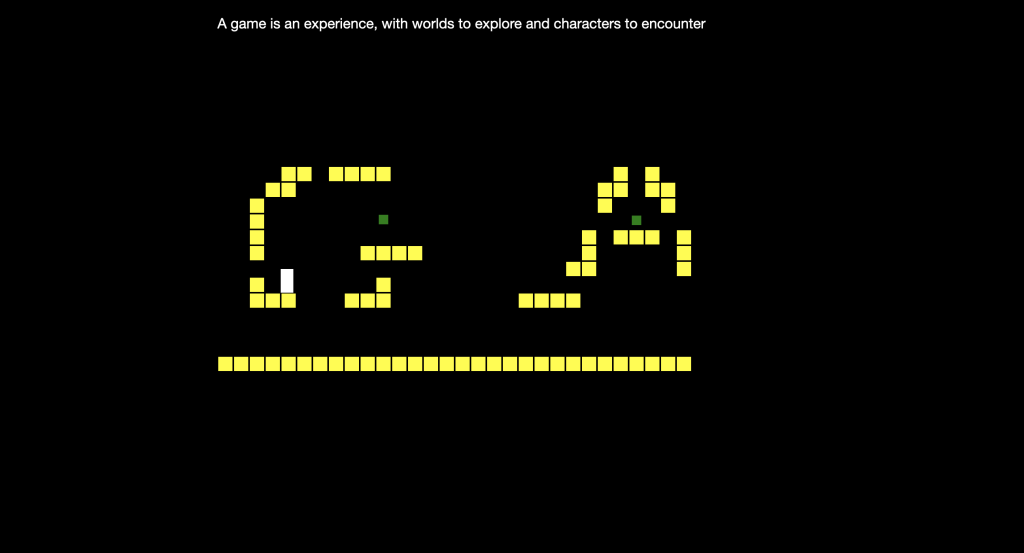
During the first week of DHSI, I participated in the class Using Digital Games as Critical Methods of Intervention, Advocacy, and Activism in Humanities Scholarship, taught and facilitated by Lai-Tze Fan (U Waterloo) and Jon Saklofske (Acadia University). Class participants came from a range of backgrounds, some studying games specifically within their research, while others came from other areas of study or work, including myself. My background is formally in computer science and while I’ve participated in one game jam in the past, I didn’t have much knowledge of game design or theory prior to the class, but after the class, I am keen to continue to learn. Growing up, I didn’t play games as much as many of my friends did, but I’ve always loved watching friends play games, and with the popularization of streaming, have enjoyed the Lets Play genre. As I’ve gotten older and have been able to try out more genres, especially with the popularization of indie games, I’ve realized that I just wasn’t playing the types of games I enjoy. I learned that I enjoy games that are open-world and that do not follow a tight linear narrative. While I wouldn’t have considered myself a gamer previously, class discussions with Lai-Tze and Jon made me rethink what it means to be a gamer and a player in general—expanding both my definition of a player and a game.
The class explored games as both objects of research and activism through theory, game examples, discussions, and prototyping, using tools such as Twine and Bitsy to prototype. While the class primarily focused on digital games, Lai-Tze and Jon also emphasized the validity and significance of other game mediums including paper, board, and other in-person games, which we were encouraged to use during prototyping exercises throughout the class in addition to digital tools.
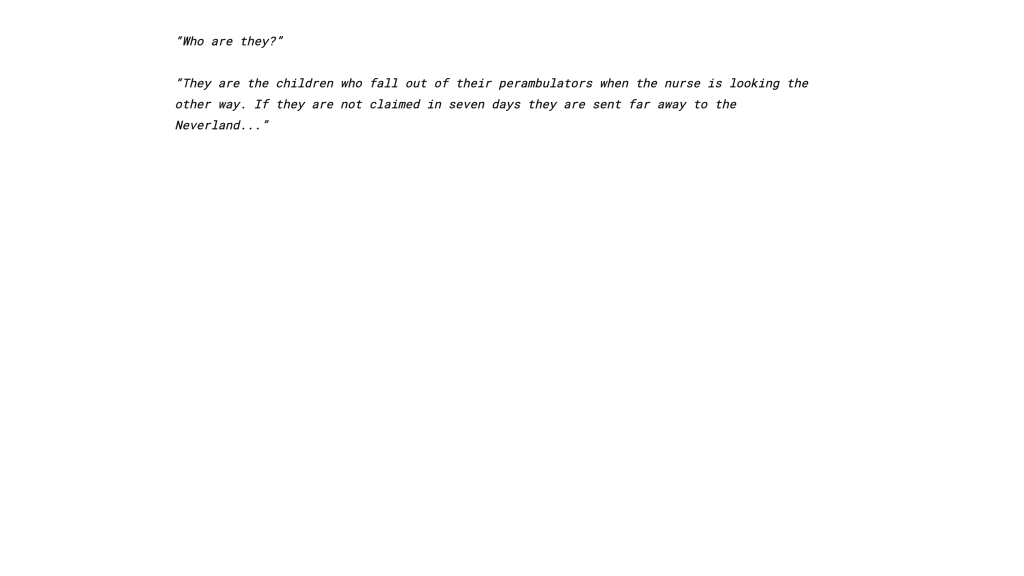
One method of political intervention that can be employed in games via disruptive gameplay, bending player expectations through an illusion of choice within social, cultural, or interpersonal narratives. Through an illusion of choice, game developers can utilize player power and directly include them within themes that explore identity politics. Some game examples introduced during the class included Killing Me Softly by Fobazi M. Ettarh, 10 Lost Boys by Mark Sample, and Depression Quest by Zoe Quinn, Patrick Lindsey, and Isaac Schankler. It is important to acknowledge too that in creating games that directly challenge systems of oppression developers should not speak on behalf of cultures and stories they do not belong to: Whose story is it to tell? Is it your story to tell? As a developer are you recreating traumatic gameplay for an audience that you do not belong to? Disruptive gameplay that employs an illusion of player power can be used to facilitate meaningful game-player dialogue around identity and systems of oppression that could not be facilitated through traditional mediums of research.
Class discussions also frequently looped back to the role of anti-players or rather players that cause chaos, play against intended gameplay, or “break” the game either through exploiting bugs or using cheat codes. In-game bugs have been exploited, maybe most popularly, within speed runs, where speed-runners utilize community and self-identified bugs to move through maps and storylines to shorten completion time. Classmates also reflected on times they intentionally created chaos or acted against intended gameplay through the use of cheat codes, often shared between friends at school or online forums, and the community generated around bug-reporting to repurpose gameplay—sometimes so much so that players essentially create new games.
In that way, players too can act as game developers through the recreation and repurposing of gameplay, creating new games almost entirely through the destruction of the intended gameplay and rules. Players can act as game developers of sorts not only through the reconstruction of the game but also through the execution of in-game commands and prompts. Melanie Hoff suggests in her GitHub gist, Already Already Programming, that everyone who uses a computer is a programmer through their interaction with files, whether through creating, writing, or editing files. Similar to a traditional programmer, anyone who uses a computer performs functions that are translated into machine-executable language. A programmer writes functions, maybe in javascript or Python or another programming language, that is then translated into a lower-level language that a computer can interpret. The instructions a programmer uses are predefined expressions corresponding to a lower-level translation, so in this way, Hoff suggests, the programmer is also a user, in the same way, someone who might not be seen as a traditional programmer is. Both the traditional user and programmer are programmers through their engagement with files translated to machine-executable code. I think this construction of “programmer” can also be applied to the “game developer” — and while users might have different rules and roles they follow as they enact either developer or programmer, they create and act through a layer of translation. As Hoff puts it: “It’s buttons all the way down, buttons pressing buttons.” The blending of user and programmer, game or otherwise, I think adds a layer of accountability the player is not often afforded. A player is not a neutral observer, whether acting online or in-game, and whether or not following the rules of the original developer—the player develops unto the game that the developer set out.
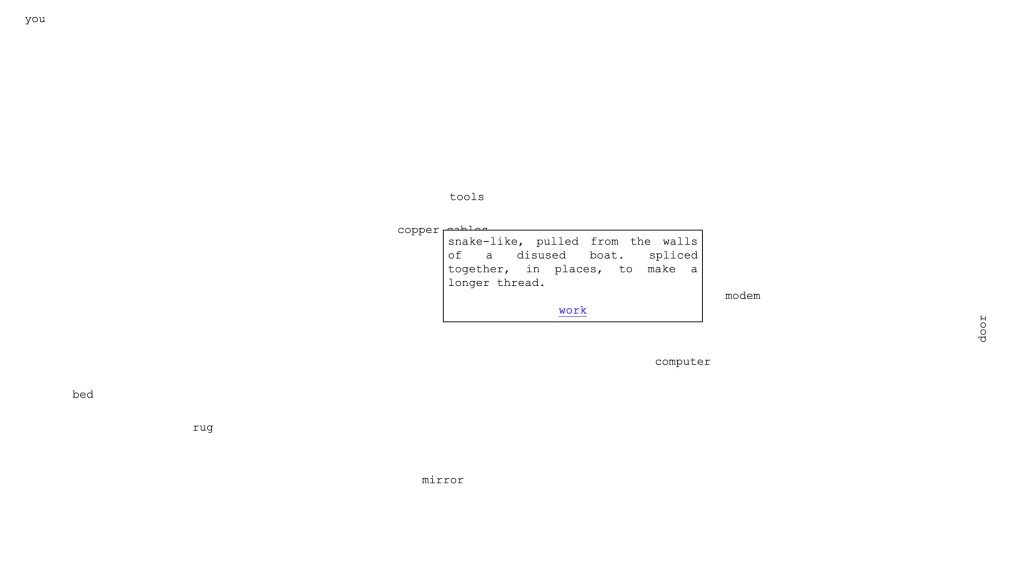
Nearing the end of the class, Lai-Tze and Jon challenged the class with a prompt to design a game without competition, acquisition, and exploration. The goal of the design challenge was to construct a game without using these common game design principles that are central to settler-colonialism. Class members, including myself, found it difficult to design a game completely devoid of competition, acquisition, and exploration — and in struggling to design games outside of the popular imagination it brought up realizations of just how many games utilize colonial principles, intentional or not. Through discussion during this design challenge class members came to the conclusion that it might be possible to implement competition, acquisition, and exploration thoughtfully, not to mirror real-world objectives of settler-colonialism, with attention to decoloniality. This challenge has stuck with me and at the time inspired design choices in the game I prototyped within the class, especially since the timing coincided with when we began prototyping our own games.
In the final days of the class, participants were encouraged to prototype their own game. I prototyped a Bitsy game titled Midnight Sun that follows a solar-powered shapeshifter, Fen, an embodied server. Midnight Sun takes place on an alternate Earth, Urth, where there never has been a Moon—in its place the sun has eclipsed all moon-sun dichotomies we know. In Midnight Sun, players traverse Fen’s below-ground Cobb home and learn about Fen’s alternate world, where solar energy is harnessed and folklore. Fen embodies a real-life Earthen server that eventually will be solar-powered, not always available, as the game (Fen) relies on the battery life generated by solar on my balcony. The game attempts to critically speak awareness of our technological waste, energy consumption, and resource extraction while providing a vision of hope. Midnight Sun is inspired by and indebted to the work and ideas of Solar Protocol, Everest Pipkin, and the Spring 2023 SFPC Solidarity Infrastructures class taught by by Alice Yuan Zhang, Max Fowler, Mark A Hernandez Motaghy.
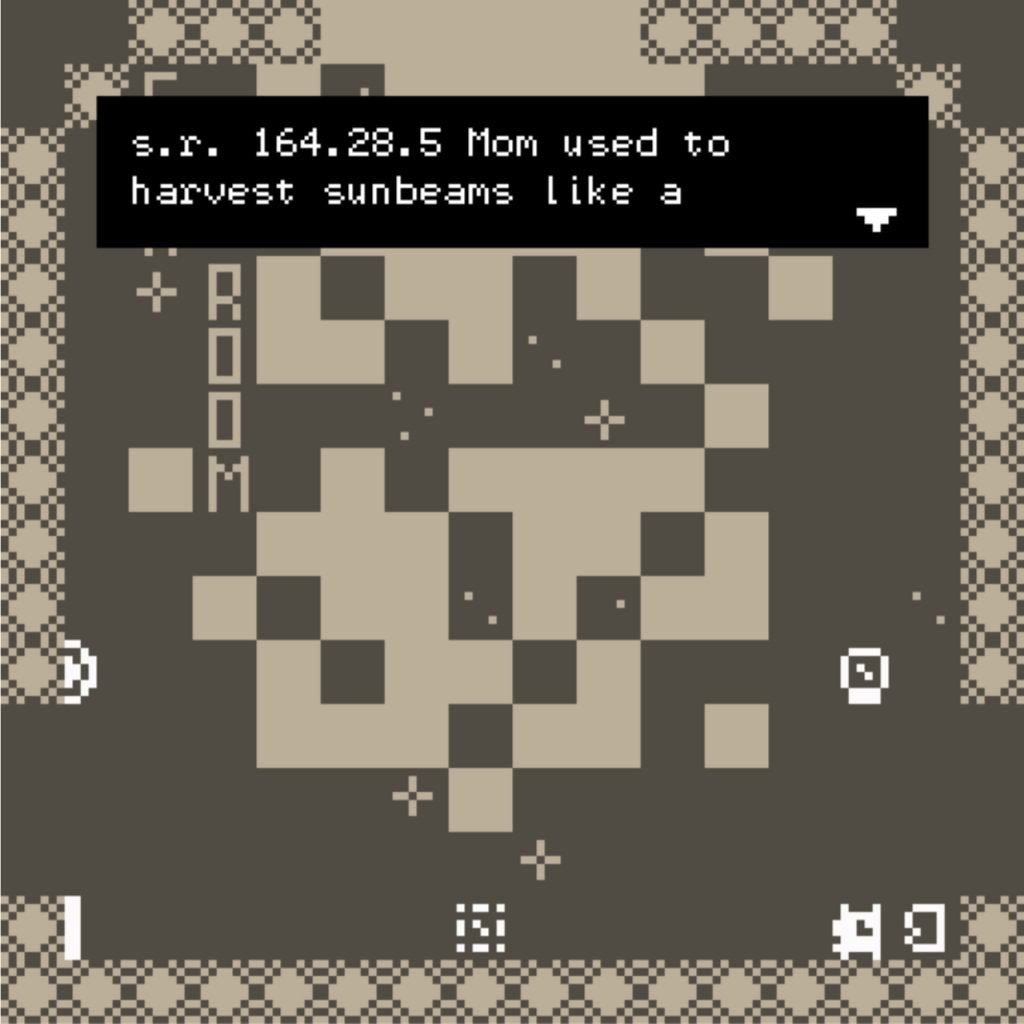
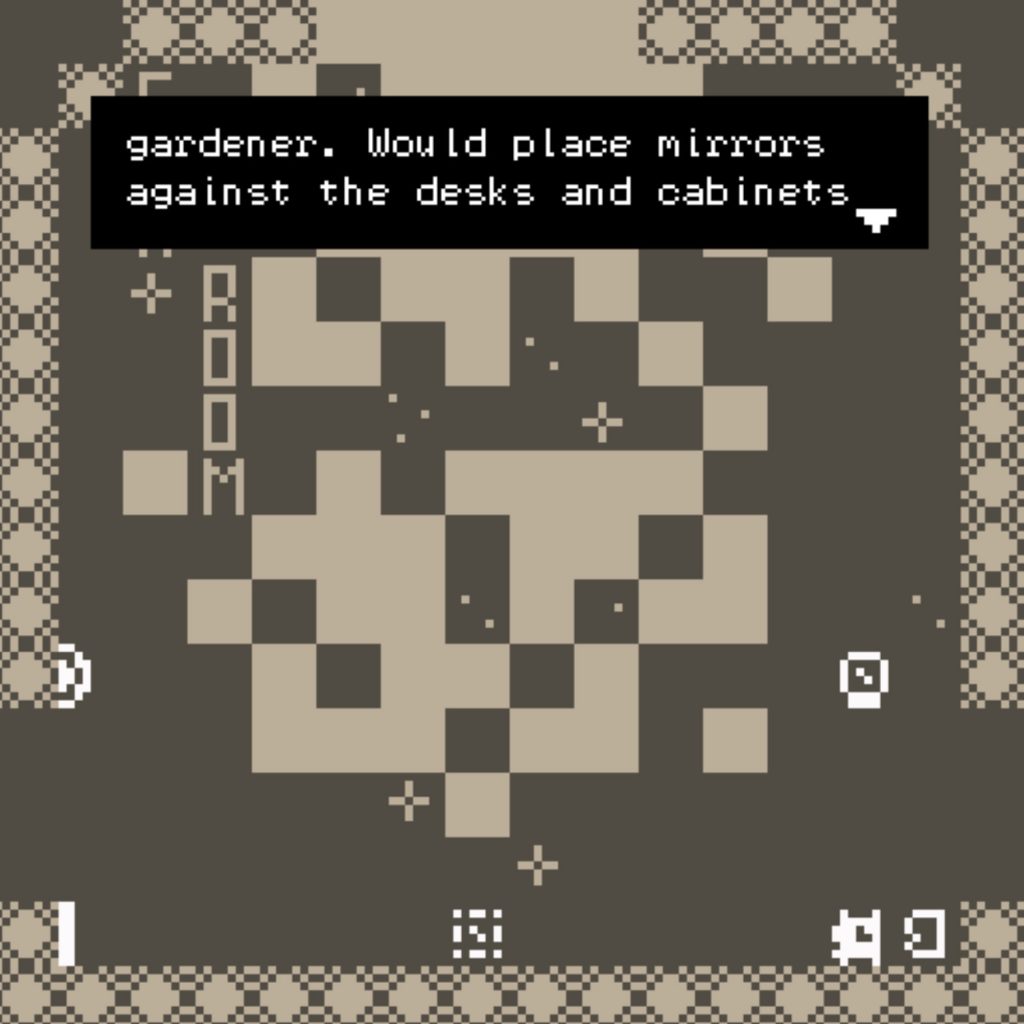
The concepts and discussions introduced within the class are not only applicable to game theory and design but also guides for other digital applications, particularly their UI/UX. Principles of game design are intertwined with user interface design and experience. In this way, many game design considerations can also be applied to other digital applications, including websites, and with attention to decoloniality. Many of the considerations around political intervention through games introduced by Lai-Tze and Jon, go hand-in-hand with the Data Feminism principles set out by Catherine D’Ignazio and Lauren F. Klein, which have formed a recurring set of reference points during the iterative design and development of the SoundBox collection website. As an action, this may be reflected through the thoughtful work and consensual elevation of voices and histories that challenge settler-colonialism.
The ideations of political intervention through games introduced by Lai-Tze and Jon may also be applied to web design through the intentional design of user path and narrative, much like a game. User paths and narratives are significant areas of focus and study within UI/UX practice, within both web and game design. The design of user paths often follow a specific set of trajectories with specific knowledge transmission goals for a user—and much like our discussions around player power within games, websites might also integrate an illusion of user choice within their design. Methods of design, web or game, can be used to further embolden colonialism or call it into question through intentional decolonial design. Questions brought up within class discussions can similarly apply to other digital infrastructures: How can we design websites that are not based on conquest? What are our goals in constructing a narrative and whose histories are we including? Where do we draw a line between engagement and conquest of user attention? While practicing decoloniality, how do we design not to mirror or romanticize colonial conquest? Designing with decoloniality, web or game, requires reflection, listening, and acknowledgement of the existing ingrained standards created by settler-colonialism in order to reconstruct said standards without replicating systems of oppression. I’m grateful to both Lai-Tze and Jon for their facilitation of concepts and discussions on political intervention as it applies within games and otherwise.
Lai-Tze and Jon, as well as other members of the course, opened my eyes to a broader view of games not only in how games can function and elicit political intervention, both critically and hopefully, but also how flexible games are to mediums and narrative. There is no inherent limit on what a game is or can be, nor what a player is or can bring to a game.
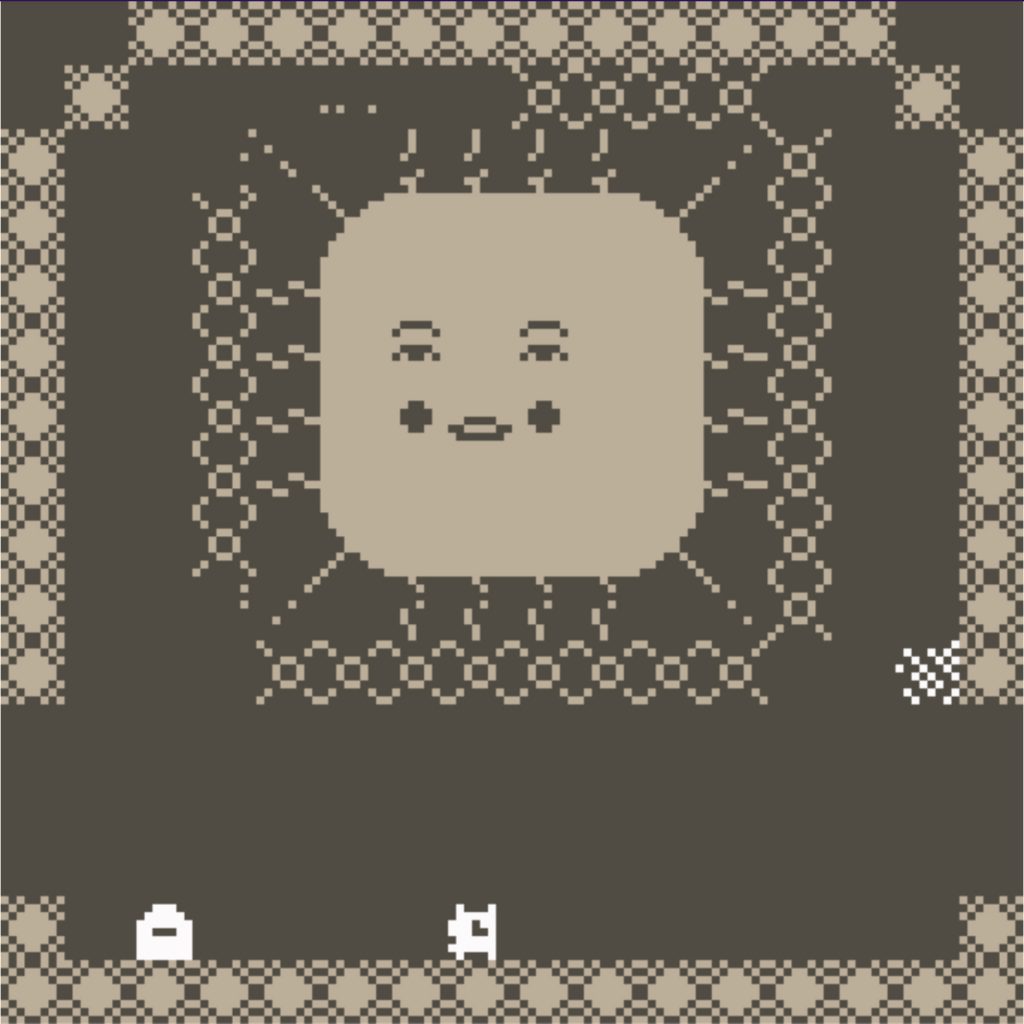
TL;DR, personal takeaways from the class:
- Games are a reflection of real-world systems and rules, either embodied as wishes or mirrors. No game is neutral. No player is neutral.
- In-game rule-breaking and bending can sometimes be radical when acting against intended gameplay rooted in colonial mechanisms of conquest and extraction. However, also has the capacity to maintain a harmful practice in mirroring real-world oppression.
- Games can function as activism not only through their critique but also in their dreaming—games can be simultaneously critical and hopeful.